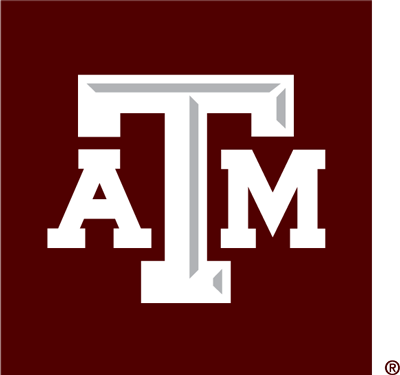Condensed Matter Physics focuses on understanding the diverse states of matter formed when a large number of atoms or constituent particles interact. This includes crystalline materials such as semiconductors, which are the basis of modern electronic devices, as well as liquid crystals and soft or biological matter, and other condensed states such as superconductivity and superfluidity. In many cases research in this area is also strongly interdisciplinary, connecting with materials science, nanotechnology, and engineering fields, and to multiple applications driving new technology.
